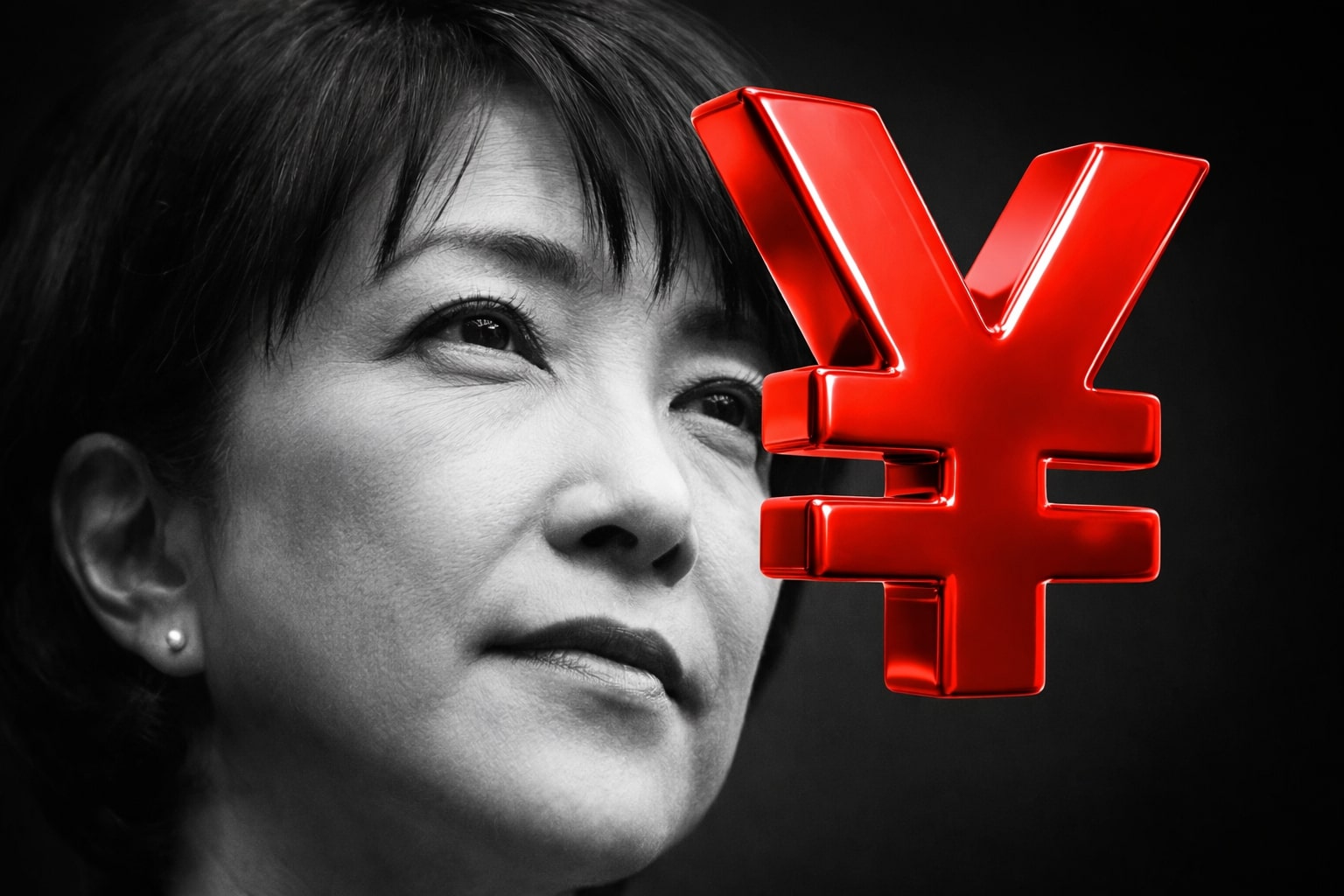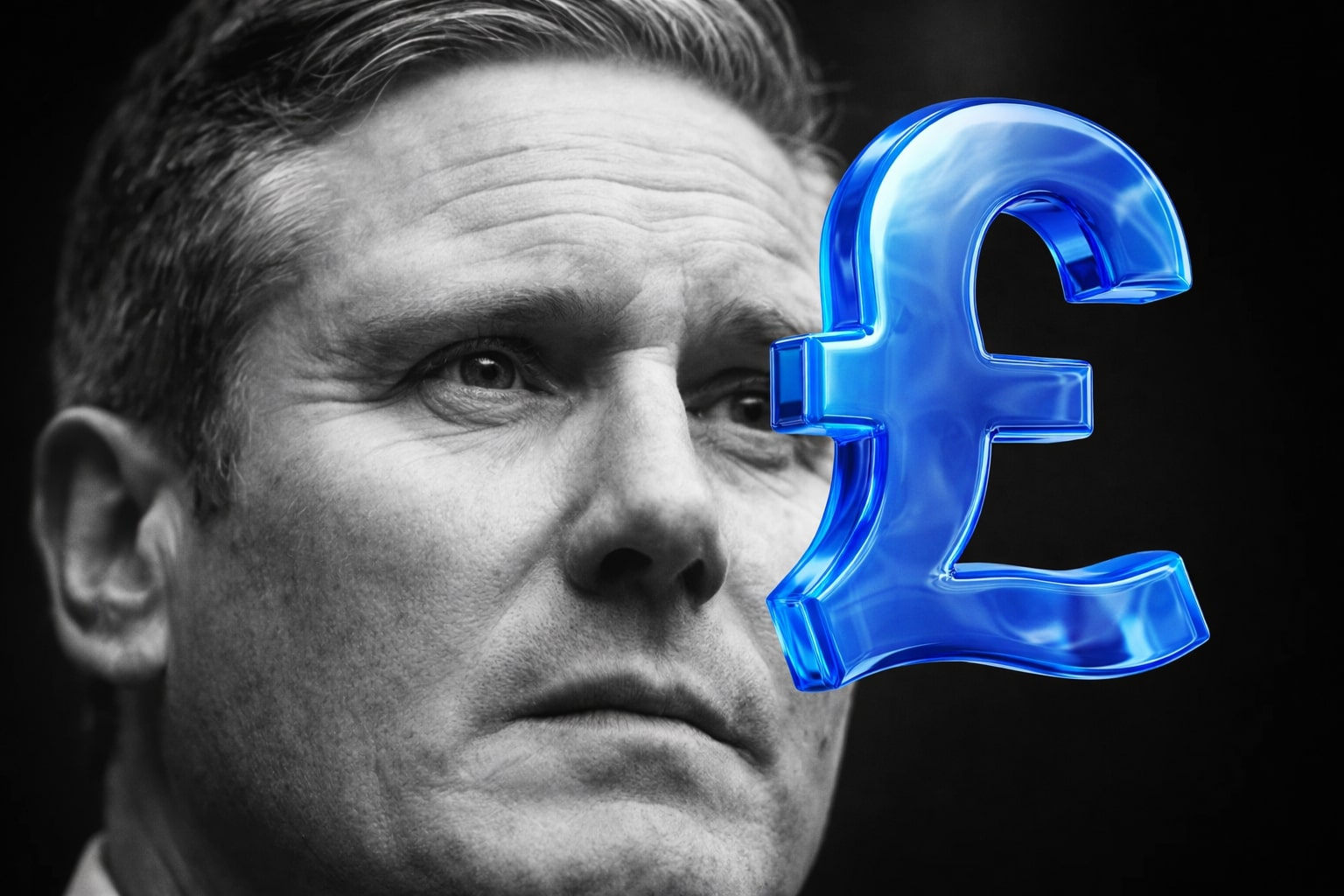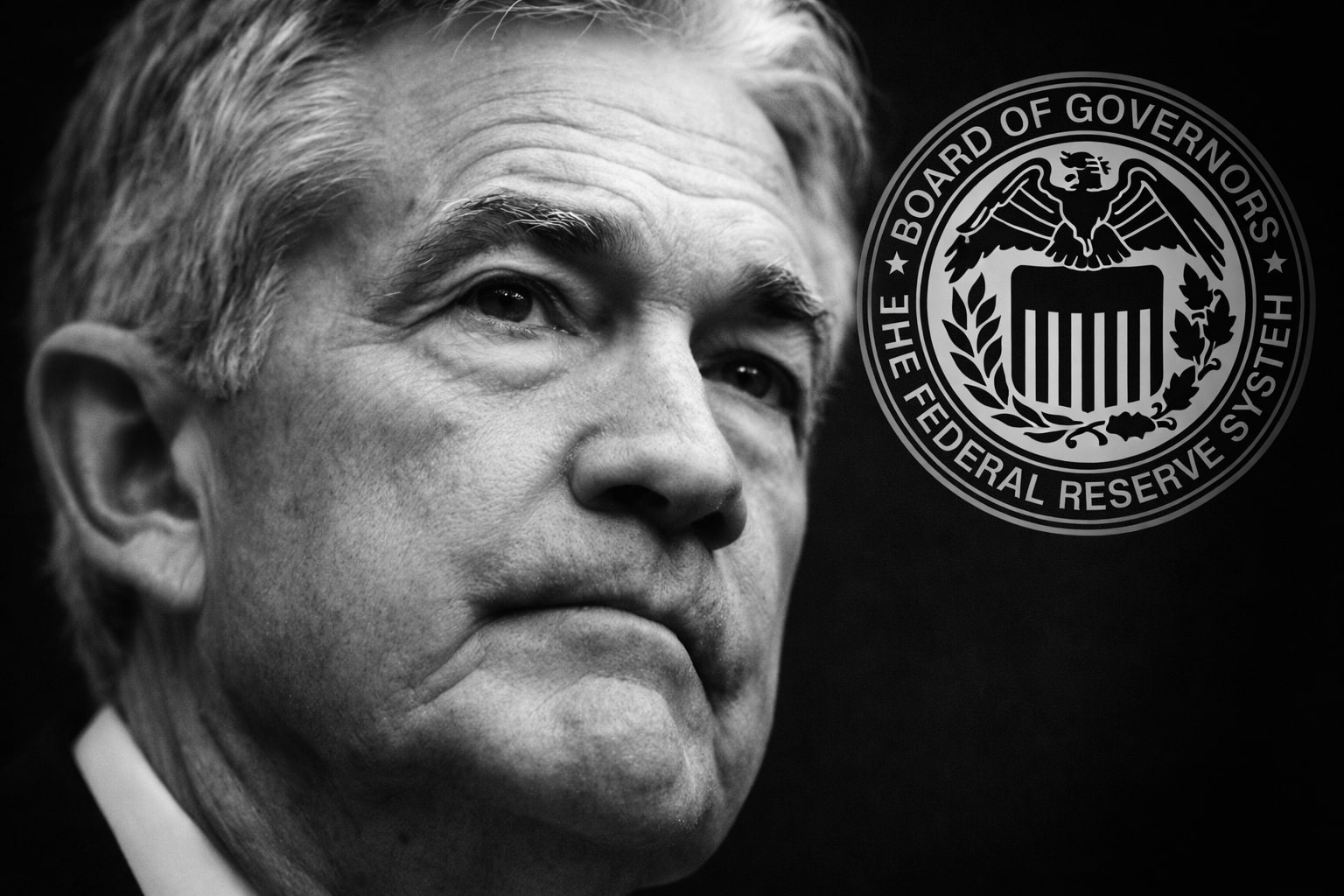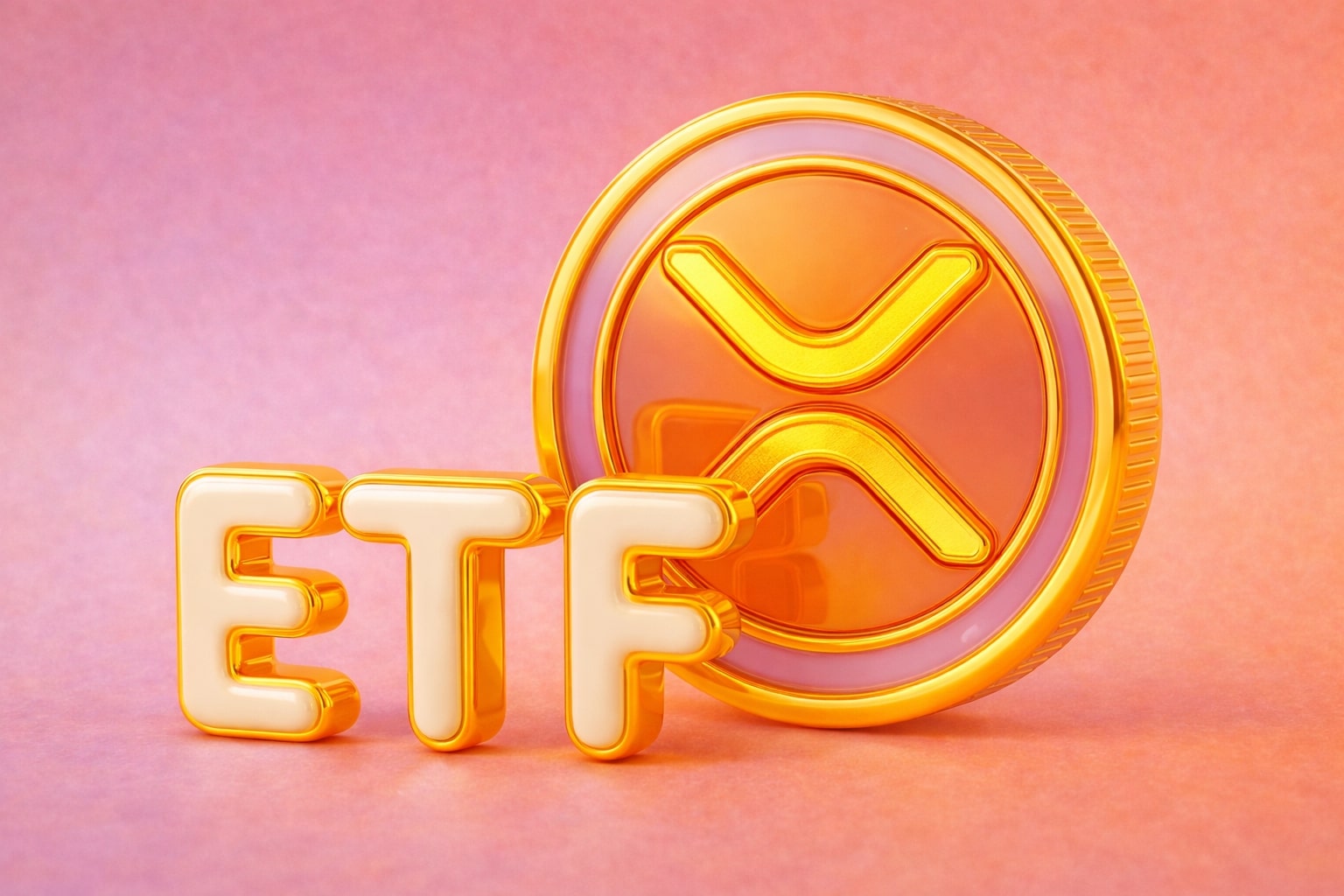EUR/USD Stalls Below 1.1800 as US Labor Resilience Counters Rate Cut Speculation
The EUR/USD pair is struggling to hold above the 1.1800 psychological threshold as a complex mix of economic signals unfolds. Despite rising to a 4-year high of 1.1830 earlier in the week, the euro has failed to maintain upside momentum after U.S. labor data showed unexpected strength. Friday’s Nonfarm Payrolls (NFP) report surprised with a 147,000 job gain, exceeding consensus forecasts of 110,000, and paired with a 4.1% unemployment rate—slightly higher, yet still supportive of Fed patience.
The dollar found support after a bruising reaction to Wednesday’s ADP private payrolls, which dropped 33,000 jobs, the first decline in two years. That report sent the greenback sharply lower and EUR/USD toward its highs. But Friday’s stronger NFP sharply reduced the probability of a July Fed cut, holding at just 4.7%, according to futures markets.
Markets now price in a 96% chance of a September cut, but the hawkish tilt in U.S. real yields and firm services PMI data is preventing a sustained breakout in EUR/USD above the 1.18 handle.
Euro Technical Picture: RSI Cooldown Caps Rally While Trend Structure Remains Intact
EUR/USD technicals show the pair consolidating just under the 1.1808–1.1830 resistance zone, unable to punch through on repeated attempts. The Relative Strength Index (RSI) remains elevated near 68, below overbought territory but flashing signs of exhaustion.
Price is hovering above the 50-period EMA at 1.1760 and trendline support near 1.1717, keeping the bullish structure alive but vulnerable to near-term pullbacks. If EUR/USD breaks below the 1.1710–1.1670 support cluster, bears may target 1.1631, then 1.1592, which aligns with the 20-day SMA.
To the upside, bulls must take out 1.1830 to resume the rally toward 1.1869, followed by 1.1906, the top of the long-standing ascending channel.
U.S. Macro Pulse: Labor Mixed, Inflation Muted, and Political Heat on Powell Builds
The Fed remains boxed in by contradictory data. On one hand, job creation is outpacing expectations, and factory orders surged 8.2% MoM in May — the largest monthly increase since early 2021. The ISM Services PMI climbed to 50.8, topping forecasts of 50.5, while new orders jumped to 51.3, signaling demand recovery.
Yet wage growth remains tepid at 0.2% MoM, missing the 0.3% consensus. And the services employment index fell sharply to 47.2 from 50.7, showing softness in hiring. These contrasts make it difficult for the Fed to pivot sharply in either direction.
Complicating matters further is political pressure. President Donald Trump has publicly called for Jerome Powell’s resignation, posting on Truth Social that Powell “failed America” and must go. While the Fed has maintained a calm front, this rift raises the risk of perception-driven dollar volatility.
The dollar has also gained some near-term strength from trade diplomacy. A U.S.-Vietnam agreement was reached this week, setting tariffs at 20% for direct Vietnamese exports and 40% for transshipped goods — a step back from the originally threatened 46% blanket tariff. However, deals with Japan and the EU remain unresolved, keeping the geopolitical backdrop volatile ahead of the July 9 deadline.
Eurozone Macro: PMI Stabilization Offers Modest Support But Focus Remains on Fed
On the European side, the economic backdrop is stabilizing but lacks urgency. Eurozone Services PMI rose to 50.5 in June, returning to expansion territory for the first time since March. The Composite PMI also improved to 50.6, marking a three-month high.
Despite this, the reaction in EUR/USD was muted. The primary driver remains U.S. macro and Fed policy, not domestic eurozone data. The euro’s recent strength is more a reflection of dollar softness than eurozone outperformance.
Nevertheless, political developments in Europe are drawing some attention. UK Prime Minister Starmer confirmed his support for Chancellor Rachel Reeves, who had come under fire over fiscal rule debates. That helped calm U.K. bond markets and stabilized the pound — indirectly affecting EUR cross-flows and risk sentiment.
Fed Watch: July Off the Table, September Cut Priced, but Real Yields Rising
The odds of a July 31st cut have collapsed to near-zero levels. The stronger NFP print, even with soft wages, was enough to remove any urgency. The Fed’s focus now turns to maintaining credibility amid growing political and fiscal tension.
Markets are still leaning heavily toward a September cut, but rising real yields — driven by better-than-expected factory output and services rebound — are offering the dollar firm ground.
If Powell holds rates into Q4, EUR/USD may struggle to break beyond 1.1830–1.1900 without a material risk-off catalyst or inflation resurgence in the eurozone.
Stock Market Dynamics: U.S. Equities Rally, Supporting Dollar and Weighing on EUR/USD
The stock market surged across indices following the strong NFP, with the Nasdaq and S&P 500 hitting record highs. This reduces haven demand for euro-denominated assets and keeps capital flows USD-centric. The dollar also benefited from a rebound in Treasury yields — the 10-year climbed toward 4.32%, while the 2-year yield moved to 4.59%, restoring bullish sentiment in DXY.
With EUR/USD being sensitive to rate differentials, this reinforces a short-term ceiling under the 1.1830 zone.
EUR/USD Verdict: Bullish Medium-Term Structure, Bearish Short-Term Momentum — Hold
The EUR/USD pair remains in a medium-term bullish channel, supported by rising PMIs, a relatively soft Fed stance for September, and resilience above 1.1717. However, near-term headwinds have emerged from the stronger U.S. payrolls data, rising Treasury yields, and diminished July cut odds.
Technicals show indecision, with price caught between dynamic support and resistance, while macro catalysts such as trade deals and Powell’s political standing introduce two-way risk.
EUR/USD rating: Hold. The risk/reward at current levels around 1.1780–1.1800 is neutral. A confirmed breakout above 1.1830 opens the door to 1.1900, but failure to hold 1.1710 exposes the pair to 1.1630 or lower.




















